Reports of pneumonia in housed cattle have been common over the past week and farmers should be extra vigilant when checking stock.
The rise in pneumonia is linked to mild weather going into November, with temperatures in the low teens. Temperatures inside sheds filled with cattle will be higher than external air.
But the bigger issue is down to the lack of breeze. Without any form of natural airflow, ventilation in sheds is severely affected.
Weather forecasts show little sign of a change in these conditions over the coming days, so herd owners should be on high alert and consider some of the following actions.
1. Regular stock checks
Check stock more regularly in sheds and continue to split meal feeding over a morning and evening allocation.
Animals that are slow to rise and come forward for meal are likely to be in the early stages of pneumonia and early action is recommended.
2. Hold off or slow the rate of housing
If possible, avoid housing any more cattle this week to ease the pressure on sheds. Grass is running out, but ground conditions are holding up.
Feeding meal or silage on a sacrifice area or on a well-fenced lane might allow young cattle and animals purchased in the mart to remain outside for a few more days.
If this is not an option and housing is necessary, house cattle in small groups. This makes it easier to keep an eye on animals for the first 24 to 48 hours indoors.
3. Hold off on worming
Hold off on worming cattle, as dosing will put animals under stress and increase the risk of pneumonia. Worming can be carried out once the period of high risk has passed.
4. Delay weaning
Equally, weaning after housing will put calves under stress. If possible, hold off on weaning until weather conditions make the indoor environment more suitable.
If the housing doesn’t suit, can calves be returned outside post-weaning or allowed to stand outside in the handling unit during the day?
5. Clipping cattle
While unnecessary handling and dosing in young stock is best avoided, it is worthwhile clipping young stock along the back, neck and head.
This will help keep cattle cooler in sheds, making it easier for animals to regulate body temperature and reduce the risk of pneumonia developing.
Read more
Four days to record slurry movements from 1 January 2025
Lungworm issues and suckler mart roadshow dates
Reports of pneumonia in housed cattle have been common over the past week and farmers should be extra vigilant when checking stock.
The rise in pneumonia is linked to mild weather going into November, with temperatures in the low teens. Temperatures inside sheds filled with cattle will be higher than external air.
But the bigger issue is down to the lack of breeze. Without any form of natural airflow, ventilation in sheds is severely affected.
Weather forecasts show little sign of a change in these conditions over the coming days, so herd owners should be on high alert and consider some of the following actions.
1. Regular stock checks
Check stock more regularly in sheds and continue to split meal feeding over a morning and evening allocation.
Animals that are slow to rise and come forward for meal are likely to be in the early stages of pneumonia and early action is recommended.
2. Hold off or slow the rate of housing
If possible, avoid housing any more cattle this week to ease the pressure on sheds. Grass is running out, but ground conditions are holding up.
Feeding meal or silage on a sacrifice area or on a well-fenced lane might allow young cattle and animals purchased in the mart to remain outside for a few more days.
If this is not an option and housing is necessary, house cattle in small groups. This makes it easier to keep an eye on animals for the first 24 to 48 hours indoors.
3. Hold off on worming
Hold off on worming cattle, as dosing will put animals under stress and increase the risk of pneumonia. Worming can be carried out once the period of high risk has passed.
4. Delay weaning
Equally, weaning after housing will put calves under stress. If possible, hold off on weaning until weather conditions make the indoor environment more suitable.
If the housing doesn’t suit, can calves be returned outside post-weaning or allowed to stand outside in the handling unit during the day?
5. Clipping cattle
While unnecessary handling and dosing in young stock is best avoided, it is worthwhile clipping young stock along the back, neck and head.
This will help keep cattle cooler in sheds, making it easier for animals to regulate body temperature and reduce the risk of pneumonia developing.
Read more
Four days to record slurry movements from 1 January 2025
Lungworm issues and suckler mart roadshow dates




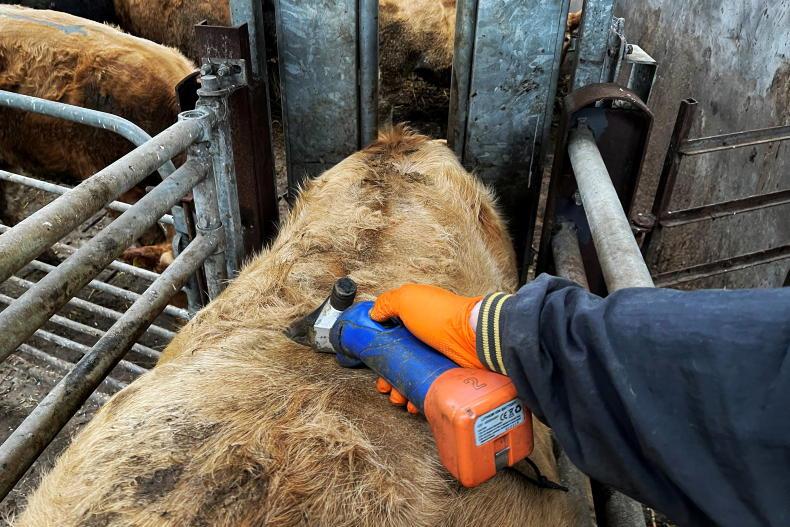
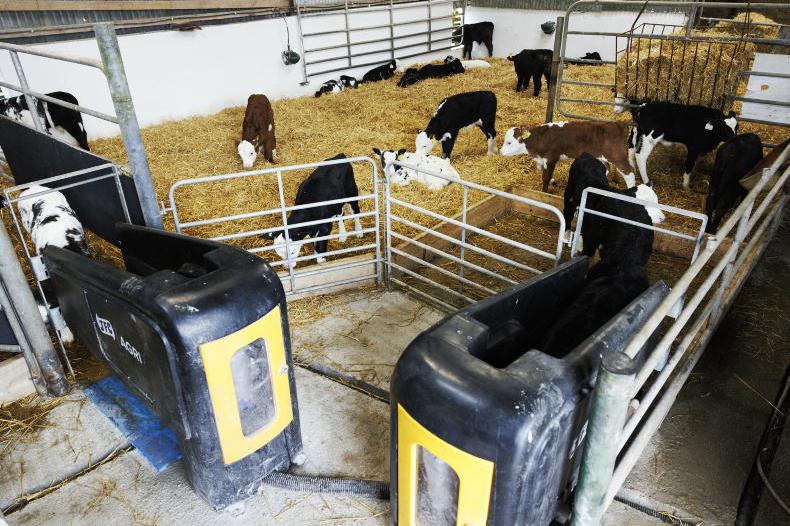

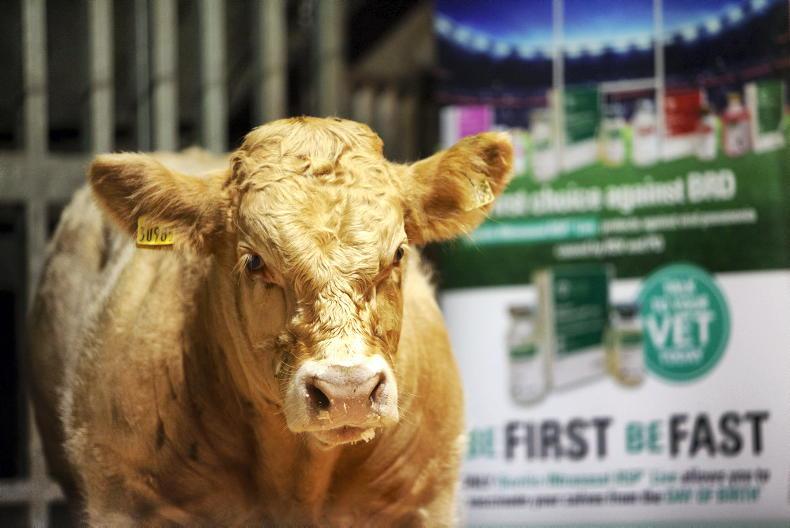
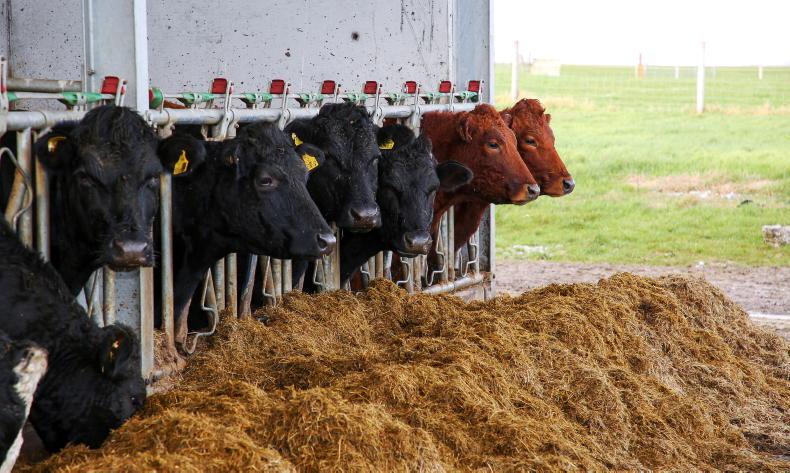
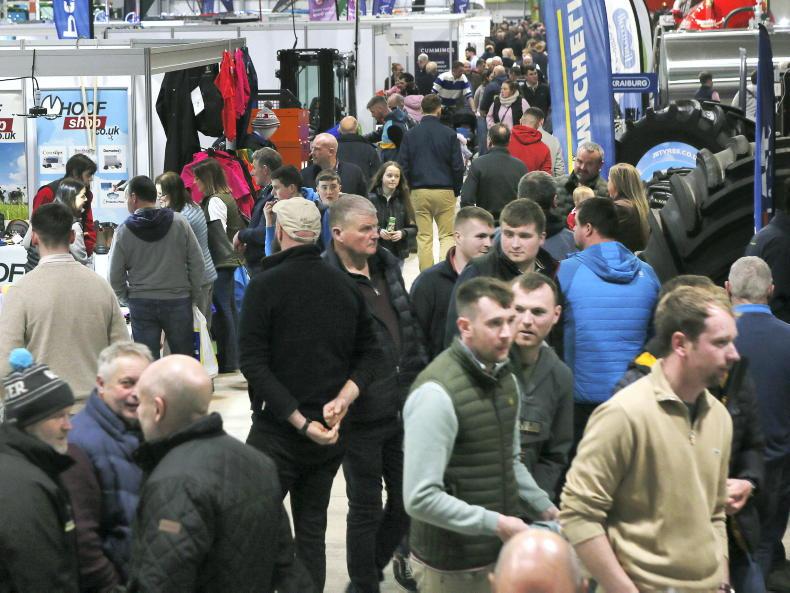
SHARING OPTIONS